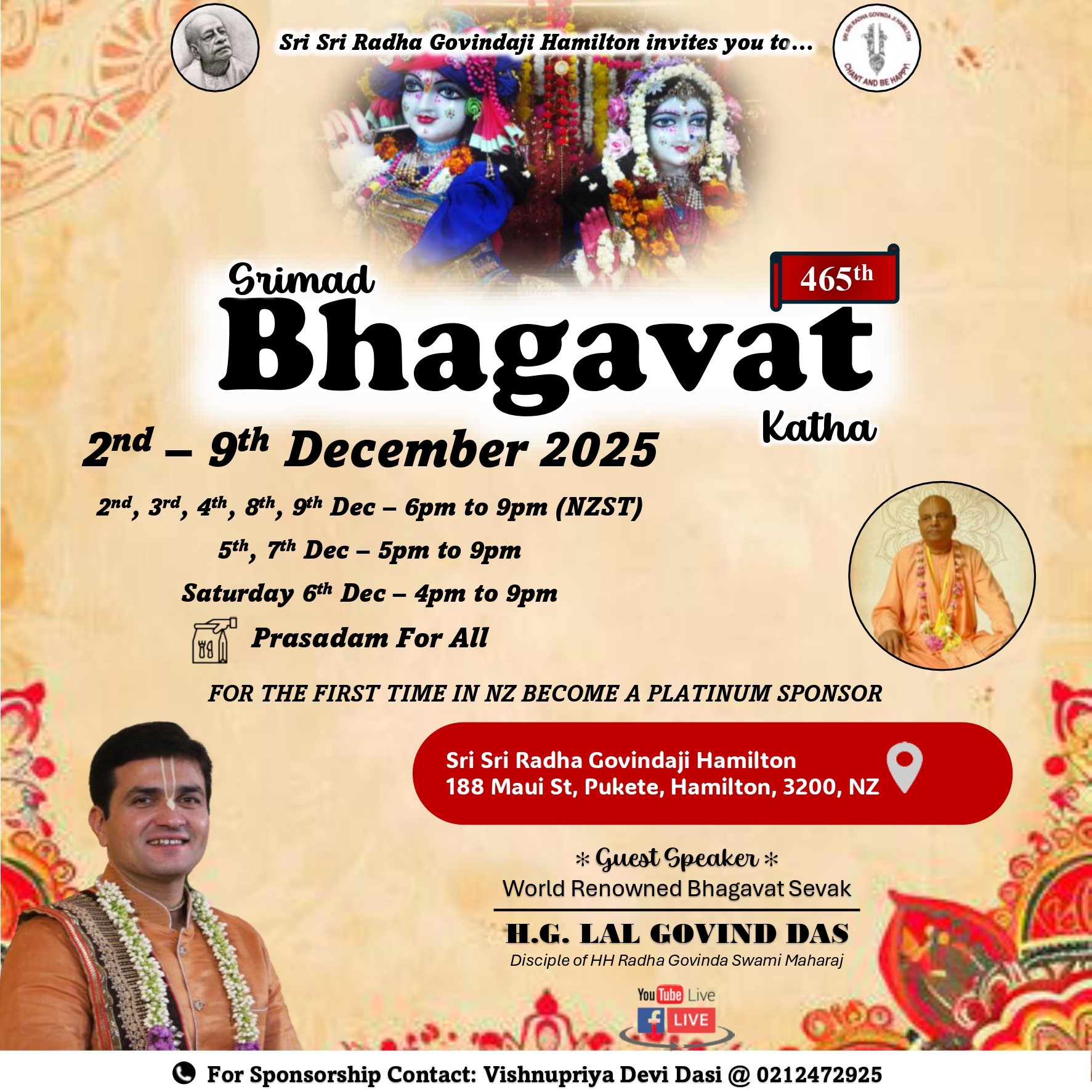Welcoming the Lord of endless creative energy

August 21 2009
There’s probably no deity in any of the world’s faiths that can be represented and expressed in such a variety of ways as Ganesh – one of India’s most loved and recognisable gods.
Google ‘Ganesh’ in the images tab and you will encounter a literally endless array of pictures, graphics, illustrations, paintings and sculptures of the elephant-headed deity fashioned out in an equally endless variety of material ranging from pen and ink to flowers, leaves and almost anything else.
It’s not for nothing that one of Ganesh’s names is “Ananta”, which indeed means endless and infinite. He is regarded as the God of all beginnings and the Lord of creativity. It is therefore small wonder that he lends himself to being represented in infinite ways, yet never once losing his identity or all the wonderful things he stands for.
And it’s not surprising, too, that the modern computer graphics tool of choice is the mouse, which indeed, is Ganesh’s inseparable companion!
Ganesh has inspired India and Indians through the ages. It was Ganesh, too, that helped light the spark of India’s freedom struggle as a movement of the masses: Lokmanya Tilak used the festival to get around colonial British rules that prevented mass assemblies of people to prevent Indians from coming together. Under the guise of religious fervour, Tilak mobilised the masses by spreading the message of freedom during the festivities.
He is perhaps the most widely travelled of Indian deities – and since ancient times. His likeness has been found in ancient civilisations across the world from Japan, China and South East Asia to Eastern Europe and even Mexico and other countries of South America. There is a museum in the Indian city of Pune that has documented these instances.
He is one deity that is dear to all regions of the Indian subcontinent and is worshipped everywhere. In fact, he is a deity who has more following around the – world including millions of non-Indians – than any other Indian icon. Ganesh, by his very nature, makes an intimate connection with his devotees and for many is as much God as friend.
In Auckland, Ganesh Chaturthi will be celebrated at almost all the temples including the Bharatiya Mandir on Balmoral Road and The Papakura Ganesh Temple where there will be all day festivities.
Google ‘Ganesh’ in the images tab and you will encounter a literally endless array of pictures, graphics, illustrations, paintings and sculptures of the elephant-headed deity fashioned out in an equally endless variety of material ranging from pen and ink to flowers, leaves and almost anything else.
It’s not for nothing that one of Ganesh’s names is “Ananta”, which indeed means endless and infinite. He is regarded as the God of all beginnings and the Lord of creativity. It is therefore small wonder that he lends himself to being represented in infinite ways, yet never once losing his identity or all the wonderful things he stands for.
And it’s not surprising, too, that the modern computer graphics tool of choice is the mouse, which indeed, is Ganesh’s inseparable companion!
Ganesh has inspired India and Indians through the ages. It was Ganesh, too, that helped light the spark of India’s freedom struggle as a movement of the masses: Lokmanya Tilak used the festival to get around colonial British rules that prevented mass assemblies of people to prevent Indians from coming together. Under the guise of religious fervour, Tilak mobilised the masses by spreading the message of freedom during the festivities.
He is perhaps the most widely travelled of Indian deities – and since ancient times. His likeness has been found in ancient civilisations across the world from Japan, China and South East Asia to Eastern Europe and even Mexico and other countries of South America. There is a museum in the Indian city of Pune that has documented these instances.
He is one deity that is dear to all regions of the Indian subcontinent and is worshipped everywhere. In fact, he is a deity who has more following around the – world including millions of non-Indians – than any other Indian icon. Ganesh, by his very nature, makes an intimate connection with his devotees and for many is as much God as friend.
In Auckland, Ganesh Chaturthi will be celebrated at almost all the temples including the Bharatiya Mandir on Balmoral Road and The Papakura Ganesh Temple where there will be all day festivities.
There’s probably no deity in any of the world’s faiths that can be represented and expressed in such a variety of ways as Ganesh – one of India’s most loved and recognisable gods. Google ‘Ganesh’ in the images tab and you will encounter a literally endless array of pictures, graphics,...
There’s probably no deity in any of the world’s faiths that can be represented and expressed in such a variety of ways as Ganesh – one of India’s most loved and recognisable gods.
Google ‘Ganesh’ in the images tab and you will encounter a literally endless array of pictures, graphics, illustrations, paintings and sculptures of the elephant-headed deity fashioned out in an equally endless variety of material ranging from pen and ink to flowers, leaves and almost anything else.
It’s not for nothing that one of Ganesh’s names is “Ananta”, which indeed means endless and infinite. He is regarded as the God of all beginnings and the Lord of creativity. It is therefore small wonder that he lends himself to being represented in infinite ways, yet never once losing his identity or all the wonderful things he stands for.
And it’s not surprising, too, that the modern computer graphics tool of choice is the mouse, which indeed, is Ganesh’s inseparable companion!
Ganesh has inspired India and Indians through the ages. It was Ganesh, too, that helped light the spark of India’s freedom struggle as a movement of the masses: Lokmanya Tilak used the festival to get around colonial British rules that prevented mass assemblies of people to prevent Indians from coming together. Under the guise of religious fervour, Tilak mobilised the masses by spreading the message of freedom during the festivities.
He is perhaps the most widely travelled of Indian deities – and since ancient times. His likeness has been found in ancient civilisations across the world from Japan, China and South East Asia to Eastern Europe and even Mexico and other countries of South America. There is a museum in the Indian city of Pune that has documented these instances.
He is one deity that is dear to all regions of the Indian subcontinent and is worshipped everywhere. In fact, he is a deity who has more following around the – world including millions of non-Indians – than any other Indian icon. Ganesh, by his very nature, makes an intimate connection with his devotees and for many is as much God as friend.
In Auckland, Ganesh Chaturthi will be celebrated at almost all the temples including the Bharatiya Mandir on Balmoral Road and The Papakura Ganesh Temple where there will be all day festivities.
Google ‘Ganesh’ in the images tab and you will encounter a literally endless array of pictures, graphics, illustrations, paintings and sculptures of the elephant-headed deity fashioned out in an equally endless variety of material ranging from pen and ink to flowers, leaves and almost anything else.
It’s not for nothing that one of Ganesh’s names is “Ananta”, which indeed means endless and infinite. He is regarded as the God of all beginnings and the Lord of creativity. It is therefore small wonder that he lends himself to being represented in infinite ways, yet never once losing his identity or all the wonderful things he stands for.
And it’s not surprising, too, that the modern computer graphics tool of choice is the mouse, which indeed, is Ganesh’s inseparable companion!
Ganesh has inspired India and Indians through the ages. It was Ganesh, too, that helped light the spark of India’s freedom struggle as a movement of the masses: Lokmanya Tilak used the festival to get around colonial British rules that prevented mass assemblies of people to prevent Indians from coming together. Under the guise of religious fervour, Tilak mobilised the masses by spreading the message of freedom during the festivities.
He is perhaps the most widely travelled of Indian deities – and since ancient times. His likeness has been found in ancient civilisations across the world from Japan, China and South East Asia to Eastern Europe and even Mexico and other countries of South America. There is a museum in the Indian city of Pune that has documented these instances.
He is one deity that is dear to all regions of the Indian subcontinent and is worshipped everywhere. In fact, he is a deity who has more following around the – world including millions of non-Indians – than any other Indian icon. Ganesh, by his very nature, makes an intimate connection with his devotees and for many is as much God as friend.
In Auckland, Ganesh Chaturthi will be celebrated at almost all the temples including the Bharatiya Mandir on Balmoral Road and The Papakura Ganesh Temple where there will be all day festivities.









Leave a Comment